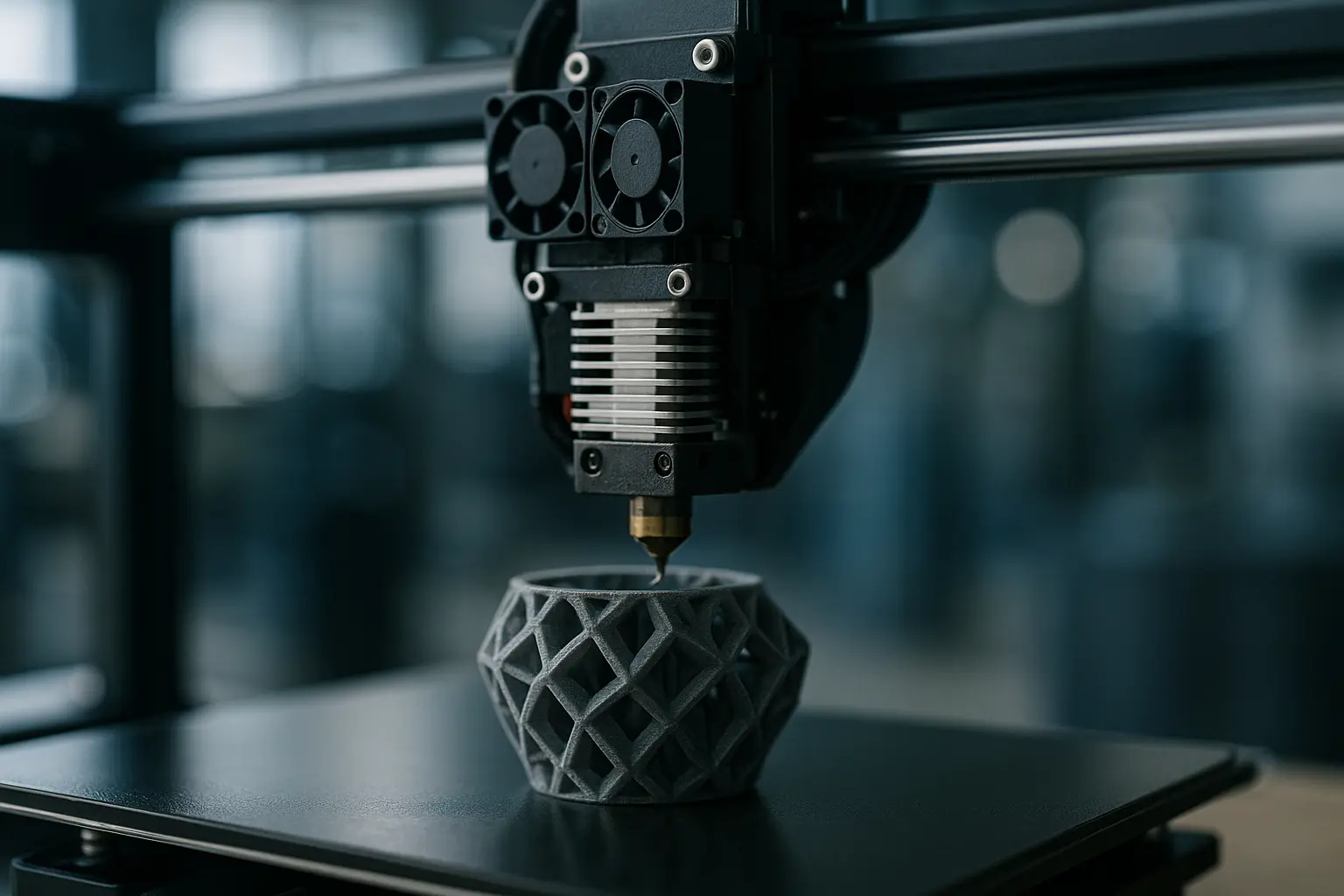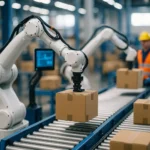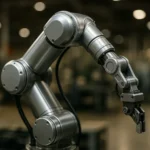Picture a world where creating complex objects is as simple as pressing “print.” Welcome to the realm of Additive Manufacturing, a revolutionary technology that’s reshaping industries across the globe. For many, this concept may sound like something out of a science fiction novel, yet it is very much a reality—one that’s closer to our day-to-day lives than we might think. As we delve into the intricacies of this modern marvel, we’ll unravel the processes and materials involved, explore its potential applications, and understand why this technology is the vanguard of contemporary production.
Let’s Dive into Additive Manufacturing
At its core, Additive Manufacturing, often synonymous with 3D printing, involves creating objects by layering materials following a digital design. Unlike traditional manufacturing methods that often involve cutting away excess material, this process builds an object from the ground up, layer by layer. This method not only minimizes waste but also allows for intricate designs that were once deemed impossible.
When you consider the scope of this technology, it’s nothing short of fascinating. From metal and powder to plastics and even living cells, printers can handle a variety of materials. Additive processes have expanded from experimental labs to full-fledged production lines, heralding a new era in manufacturing that emphasizes customization and efficiency.
But what exactly goes on behind the scenes? At the heart of this technology lies a meticulous process. Using CAD software, designers create a detailed blueprint of the object they wish to produce. This digital design is then sliced into thin, horizontal layers. The printer reads these layers and deposits material precisely where needed, slowly building up the final product. This is where additive manufacturing’s magic lies—in its ability to transform digital dreams into tangible realities.
The Materials That Make It Happen
In the world of additive manufacturing, the choice of materials is paramount. The properties of the material dictate the end product’s strength, flexibility, and appearance. Traditionally, plastics were the foundational material due to their ease of use and versatility. However, as the technology matured, an array of options emerged.
Metal printing, for instance, has become increasingly popular, especially in industries like aerospace and automotive. Using metal powder and sophisticated laser sintering techniques, manufacturers can produce parts that exhibit remarkable durability and precision. Metal layering allows for the creation of printed components that are not only strong but also lightweight—ideal for performance-driven applications.
Meanwhile, innovations in bioprinting are pushing the boundaries even further. Researchers are experimenting with living cells to create human tissues, with the potential to revolutionize medical treatments and regenerative medicine.
Each material presents unique challenges and opportunities. Understanding these nuances is essential to harnessing the full potential of additive manufacturing.
The Processes Behind the Innovation
The brilliance of additive manufacturing lies in its diverse processes, each tailored to specific applications and materials. While they all share the foundational principle of layer-by-layer construction, the methodologies can vary significantly.
Stereolithography (SLA) is one of the oldest and most precise 3D printing techniques. It uses a laser to cure liquid resin into hardened plastic, layer by meticulous layer. This process is ideal for creating intricate parts with smooth surfaces and fine details.
On the other hand, Selective Laser Sintering (SLS) involves fusing powder materials, often polymer or metal, with a high-powered laser. This technique is prized for its ability to produce durable and intricate structures without the need for additional support structures, making it a favorite in the creation of functional prototypes and end-use parts.
Then there’s Fused Deposition Modeling (FDM), the most accessible form of 3D printing. It involves melting thermoplastic filaments and extruding them through a nozzle, creating objects layer by layer. This process is widely used for creating everyday items, from toys to tools, underscoring the versatility of additive manufacturing.
Each of these techniques underscores the adaptability and innovation inherent in additive manufacturing, offering a suite of tools tailored to diverse design needs.
From Blueprint to Reality: The Design Process
The journey of creating a printed object through additive manufacturing begins long before the first layer of material is deposited. It all starts with design—a meticulous process that transforms abstract ideas into concrete digital models. Here, creativity meets engineering, setting the stage for innovation.
Using sophisticated CAD software, designers craft a three-dimensional blueprint of the desired product. This model is then dissected into hundreds or thousands of thin layers, each representing a cross-section of the final object. This meticulous breakdown is crucial, as it dictates the printer’s path during the construction process.
But design isn’t just about creating a digital model—it’s an exercise in optimization. Designers must consider factors such as material properties, intended use, and functional requirements. This means balancing structural integrity with aesthetic appeal, ensuring the final product meets both practical and artistic expectations.
The result is a symbiotic relationship between technology and creativity, where the digital and physical worlds merge seamlessly, paving the way for innovative solutions and groundbreaking products.
As we stand on the cusp of a new era in manufacturing, the promise that additive technology brings is undeniable. It challenges traditional paradigms, offering a sustainable, customizable, and efficient path forward. In a world where rapid production and intricate design are increasingly integral, additive manufacturing is not just an option—it’s a necessity.
For those of us eager to explore the potential of this technology, the opportunity is ripe. From hobbyists to industry giants, the tools and knowledge are more accessible than ever. As we embrace this revolution, we become part of a larger narrative—one where imagination and innovation lead the way. The future of manufacturing is here, and it’s being printed, layer by layer.
FAQ
What is additive manufacturing?
Additive manufacturing, commonly known as 3D printing, is a process where materials are added layer by layer to create a three-dimensional object. This technique allows for the creation of complex and intricate designs that might not be possible through traditional manufacturing methods.
How does additive manufacturing differ from traditional manufacturing?
Unlike traditional manufacturing, which often involves removing material through cutting or carving, additive manufacturing builds objects by adding material incrementally. This approach allows for greater design flexibility and can reduce waste by using only the necessary material.
What materials can be used in additive manufacturing?
A wide variety of materials can be used in additive manufacturing, including plastics, metals, ceramics, and even biological materials. The choice of material often depends on the desired properties of the final product and the specific technology being used.
What are the main advantages of using additive manufacturing?
Additive manufacturing offers several advantages, such as the ability to create complex geometries, customization of products, reduced material waste, and shorter production times. It’s also particularly beneficial for prototyping and small-batch production.
What are some common applications of additive manufacturing?
Additive manufacturing is used across numerous industries, including aerospace, automotive, healthcare, and consumer goods. Applications range from creating custom medical implants and prosthetics to producing lightweight components for aircraft and cars.



